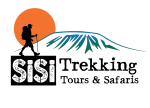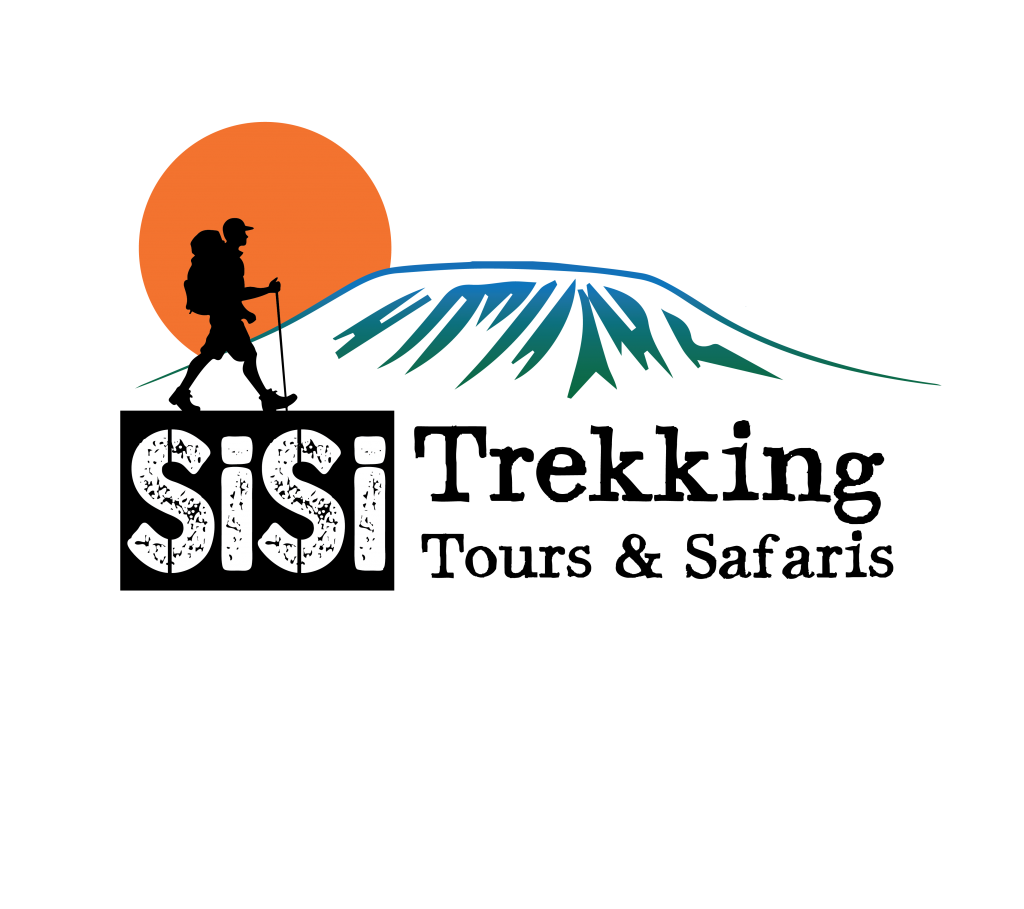Preparations
When to visit
There is no truly bad time to visit Tanzania; the optimum months depend on which parts of the country you plan to visit and your main interests.
Peak tourist season in the north coincides with the European winter, with Jan/Feb being particularly good, since it is when the wildebeest calve. The low season typically runs from mid-April to September, but tourism surges over June and July, when migratory activity peaks in the Serengeti and June. May, though sometimes wet, can be an excellent month to visit, with a good chance of catching the migration in the far south, and relatively few other tourists around.
The coast and offshore islands are best avoided over the high rainfall months of March to May. This hot and humid part of the country is most pleasant during the relatively cool and dry months of Jun-Oct, which is also when the risk of malaria is lowest.
The southern circuit is best between July and Nov, and should be avoided from April to June, when several lodges close in anticipation of the peak rainy season.
The dry months of March and September are generally rated best for trekking on Mount Kilimanjaro and Mt Meru, though both mountains can be climbed at any time of year.
November to April offers the best bird watching, with resident species supplemented by a number of Palaearctic and intra-African migrants.
What is the Best Time to Climb Kilimanjaro?
April – May
The “big” rainy season starts at the end of March and continues until the middle of May. April marks the beginning of the coldest time of the year in Tanzania. These months are so dank and drizzle that some operators simply do not offer climbs in April/May at all.
June – July
The frequency of rain gradually decreases. The weather on Kilimanjaro is fairly dry and clear but the nights are still bitter cold. June is usually quiet, sunny, and, in our opinion, much underrated in terms of climbing. It is an excellent idea to choose June for your adventure because of great weather and almost climbers-free routes.
The number of climbers will be increasing as the year progresses. Starting from July the majority of the routes will be quite busy.
August – October
The peak climbing season on Kilimanjaro is on August-September. The weather is particularly good for climbing: the days are clear and somewhat warmer than in June/July. At the same time it may be cloudy in the forest/moorland zone, as well as it may be rainy on the southern routes (Machame and Umbwe). However, once you leave the rain forest behind it will be sunny.
October is another unfairly ignored season: nice weather conditions last into mid-October and the number of climbers drops dramatically, giving you a good chance to enjoy Kilimanjaro treks almost alone. At the end of October, the weather becomes more changeable. As long as you are equipped to withstand the occasional shower, this should not present any major challenges.
November
November is the “small” rainy season. The rainy weather may last into mid-December. The temperatures have dropped and the moisture mist covers the Mount, making your climb more tricky and risky, yet more challenging and exciting. November might not be the best pick in terms of weather, but gives a great opportunity to enjoy the breathtaking views of misty-covered Mount with its snow-capped peak, and to make some terrific pictures.
December – January
Christmas and New Year are the second peak climbing season on Kilimanjaro. The climbers traffic is extremely high, although there is a high chance of raining and thick clouding in the lower altitudes of Kilimanjaro.
January – March
Mid-January to mid-March are very popular among climbers. The weather is perfectly balanced: it is neither too cold, nor too wet. The days are generally dry, though occasional rains may happen. The possibility of rain increases in the second half of March because the “big” wet season advances.
Photography
Wildlife photography will be very frustrating without a reasonably big lens, ideally 300mm or larger. Fixed fast lenses offer the best quality but are costly and cumbersome, so most people settle for a zoom, which allows you to play with composition without changing lenses. Tele-converters are a cheap and compact way to increase magnification, but incur a loss of quality.
A solid beanbag, which you can make yourself very cheaply, will help avoid blurred images when photographing wildlife from a vehicle. Another option is a clamp with a tripod head screwed on.
Plan ahead when it comes to charging digital camera batteries and storage devices. Most hotels/lodges have charging points, but it’s best to enquire in advance. When camping you might have to rely on charging from the car battery. Either way, make sure you have all the chargers, cables, converters with you, as well as sufficient memory space to store your photos.
Tanzanians generally find it unacceptable to be photographed without permission, and many people will expect a donation before they agree to be snapped. Don’t try to sneak photographs as you might get yourself into trouble, especially with the Maasai, who are very touchy about this.
Public Holidays
In addition to Good Friday, Easter Monday, Idd-ul-Fitr, Islamic New Year and the Prophet’s Birthday, which fall on different dates every year, the following public holidays are taken in Tanzania:
- January – 1 New Year’s Day
- January – 12 Zanzibar Revolution Day
- February 5 – CCM Day
- April 26 – Union Day (anniversary of union between Tanganyika and Zanzibar
- May 1 – International Workers’ Day
- July 7 – Saba Saba (Peasants’) Day
- August 8 – Nane Nane (Farmers’) Day
- October 14 – Nyerere Memorial Day
- December 9 – Independence Day
- December 25 – Christmas Day
- December 26 – Boxing Day
Craft shopping
Popular items include Makonde carvings, Tingatinga paintings, batiks, musical instruments, wooden spoons, and various small soapstone and malachite carvings.
The colourful vitenge (the singular of this is kitenge) worn by most Tanzanian women can be picked up cheaply at any market in the country.
The curio shops near the clock tower in Arusha are the best place to shop for curios, offering decent quality at competitive prices.


